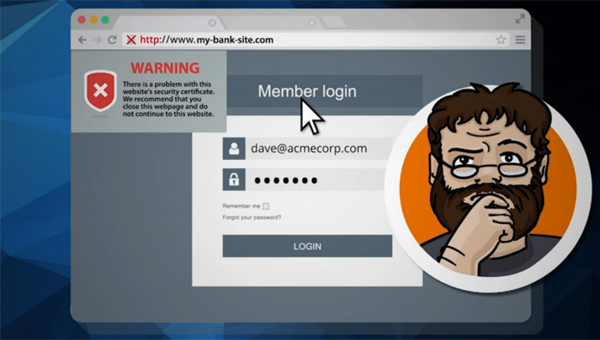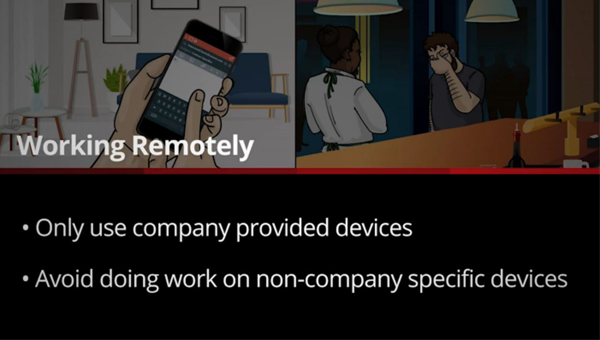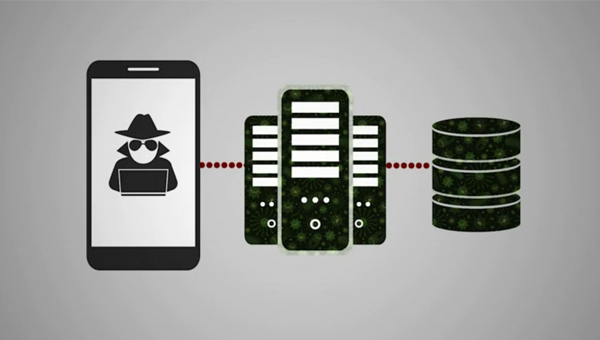Information Security Training for Everyone
People all over the world are using business networks to collaborate, communicate, and access data. Businesses, eager to increase productivity, have embraced the growing integration of network communications. Now more than ever, employees are far less dependent on their central office space to complete their work. Although this may provide benefits for both employees and employers, network based collaboration spaces corporate data within a broader environment that is difficult to protect. Infrared Security’s General Security Awareness course takes the participant through an average work day, from entering the work place to answering emails at home, and describes in detail the wide array of security risks employees face on a daily basis.
Viewers of this security awareness course will learn how to detect and mitigate everyday security threats through relatable scenarios as well as real world examples. Viewers can then evaluate their knowledge through a series of quiz questions provided at the end of the course. Quiz scores can be tracked and used to assess your employees’ knowledge of the material. Participants of this security awareness course will gain an understanding of the major risks inherent to their daily work environment; but more importantly, gain the confidence needed to be less susceptible to common security threats.

Solid and Scalable Security Awareness Training
This course will provide participants with the tools necessary to recognize common workplace security risks including but not limited to network sniffing, social engineering, phishing, and data theft. In addition, the course will summarize several key security controls that can be used to mitigate some of the most prevalent attacks found in the modern workplace. Employees everywhere are using business networks to connect, collaborate, and access company data. Businesses, eager to increase productivity, have embraced the growing integration of network communications.
Employees are encouraged to take advantage of technology such as wireless devices and public hotspots. Now more than ever, employees are becoming less dependent on their central office space in order to complete their work. Meetings are done remotely, documents are signed electronically, and emails can be answered from pretty much anywhere. Although this may provide benefits to both employees and employers, network-based collaboration introduces corporate data into a vast environment that is diverse and difficult to protect.


















